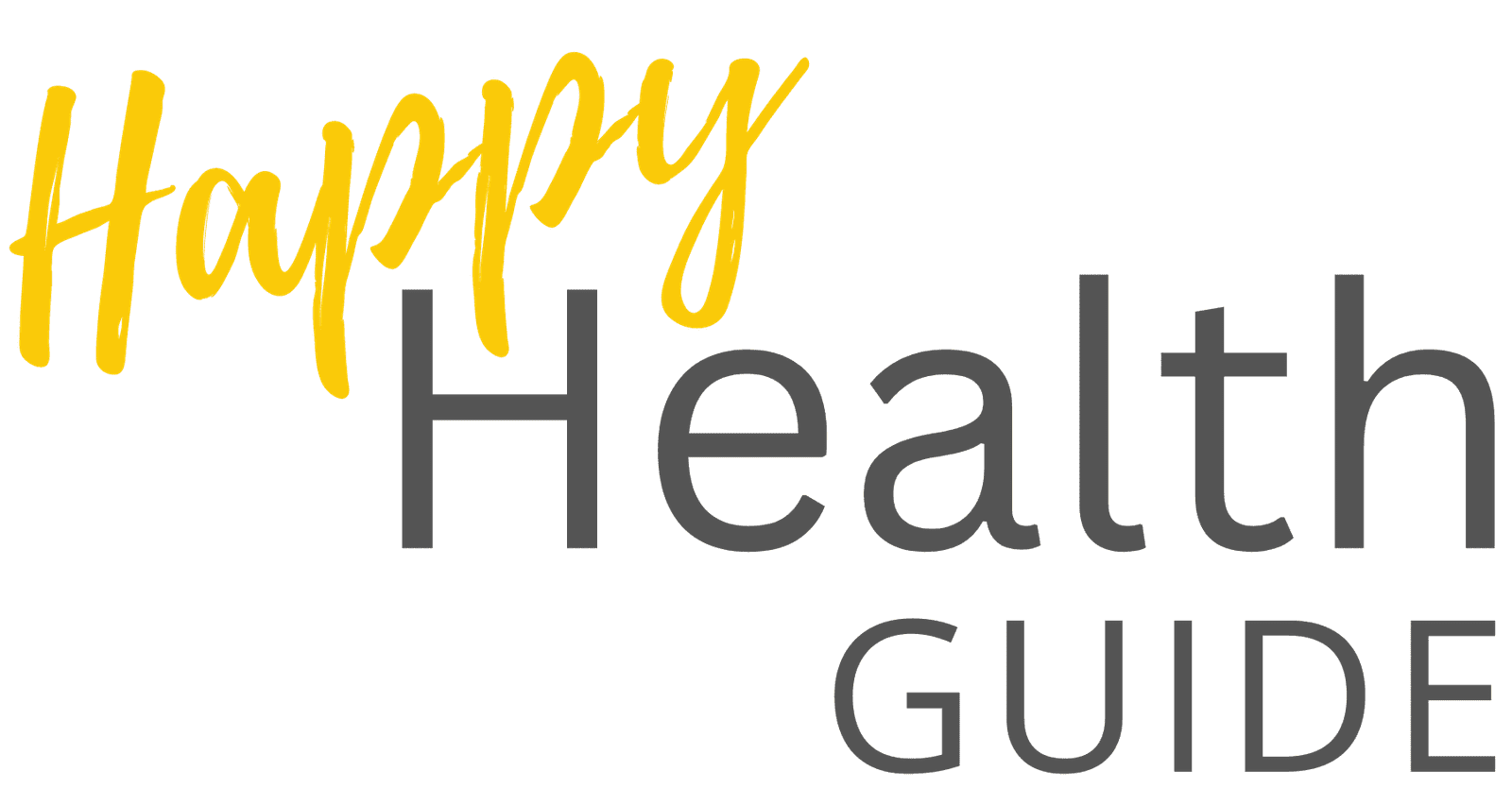What you pay attention to can lift your mood, sharpen your thinking, and even shape the choices you make each day. Science backs it up: when you choose better thoughts, you feel better, think clearer, and live with more ease.
The best part? Your brain can learn to focus on what truly matters—and you hold the power to guide it.
For much of my life, I focused on the negative. It wasn’t until years of reading about positivity and self-growth that I realized how a single small habit could steer my life toward failure instead of success.
But it’s never too late to become the person you’ve always wanted to be.
After all, what else are you going to do with your life, but live? And if that’s so, then why not live the best life you can?
You Get What You Focus On
Focus shapes how we feel.
Ever notice how when you buy a new car, suddenly you see it everywhere? That’s your brain’s way of showing you what it thinks matters most—what you’ve been paying attention to.

The same thing happens with your thoughts. If you keep thinking about stress or problems, your brain finds more of that. But if you pay attention to the good—even tiny good things—your brain will start to show you more of those, too.
Your brain is always listening. What you focus on becomes what you live.
So, if you shift your focus to things like hope, kindness, or beauty, you may start finding more of it in your life.

Your focus is a tool. And you can use it to build a better, calmer, healthier mind.
Spot the Pattern: Noticing Your Negative Defaults
Change starts with awareness.
Before you can change where your attention goes, it helps to see where it is now.
Ask yourself:
- What do I think about most?
- What grabs my attention online?
- What kinds of things do I talk about?
If your answers include a lot of worry, blame, or comparison—that’s okay. Most of us are there. Our environment tends to feed that kind of attention too.
The goal isn’t to feel bad. The goal is to notice. That’s how change begins.
Choosing Better Thoughts
You can choose what grows in the garden of your mind.
You can grow flowers or weeds. The more you water the good stuff, the stronger it gets. And the reverse is true too!
Try this:
- In the morning, think of:
- One thing you’re grateful for.
- During the day, look for:
- Three small things that make you smile.
- When life feels hard, pause and ask:
- What’s still going right?”
You’re not ignoring problems. You’re just giving your attention to the good—so it has a chance to grow too.
Create a Daily Focus Practice
Small habits shape the mind.
You don’t need big routines or fancy tools. A few small moments each day can help you focus better and feel calmer. It’s hard to believe, but just try it.
Morning Moment: Before reaching for your phone, take a breath and ask,“What do I want to focus on today?”
Gratitude Journal: Each night, write down 1–3 good things. They don’t have to be big. Just true.

Mindful Repeats: During the day, whisper something kind to yourself like, “I choose peace.” or “I am safe.”
These tiny shifts, repeated often, rewire your brain. It doesn’t take a big investment of time and may pay more dividends than you realize.
When You Slip, Be Kind to Yourself
Be gentle with yourself.
No one stays focused all the time. Life gets messy. Minds wander. That’s normal.
When you notice yourself getting stuck in stress or fear, don’t get mad. Just gently shift your focus back to something that helps.
Think of your mind as if it were a puppy. If it runs off, don’t yell. You just call it back—with kindness.
Every time you return with love, you grow stronger.
Choose Where You Look
If you take just one step today, start by noticing where your attention goes.
Why? Because when you shift your focus, you shift your mood, your thoughts, and eventually your entire life.
So pause. Breathe. Find something real and good to look at—even for a moment.
That’s how change begins. You’re not stuck. You’re growing. And the direction you grow? That’s up to you.
Got something to share? A win? A struggle? A breakthrough moment? Drop it in the comments. I’m right here with you—and I’d love to hear your story.



